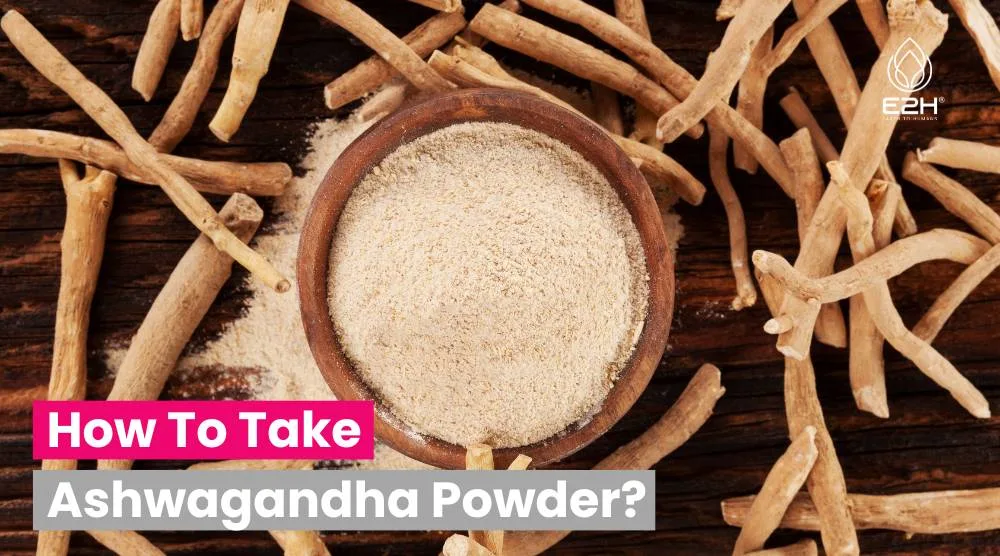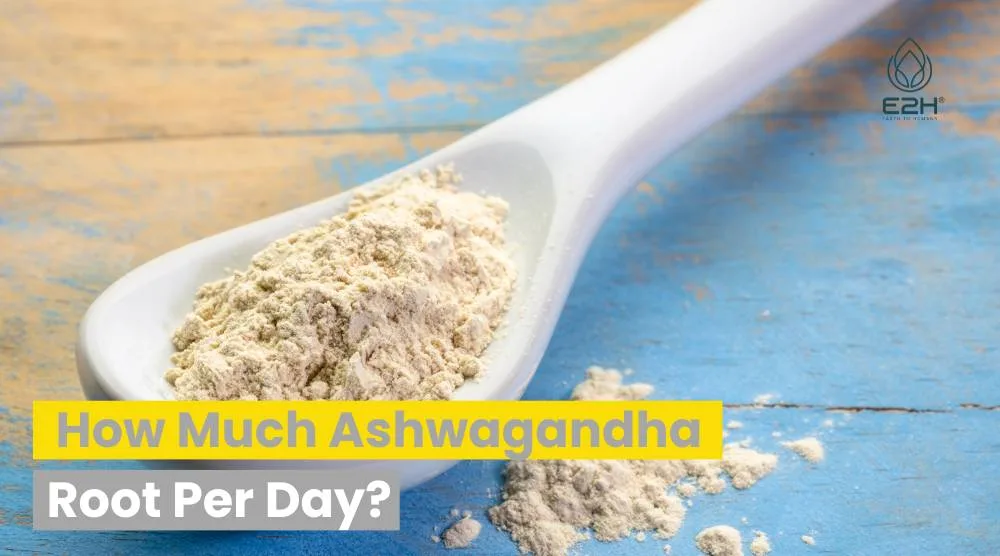How To Grow Ashwagandha Plant: To grow Ashwagandha, start seeds indoors in spring, transplant to a sunny, well-drained spot, water sparingly, and harvest after 6 months.
Read on to discover simple yet effective tips for nurturing Ashwagandha, from seed to harvest, and learn how this wonder plant can enhance your health and garden.
How do I grow Ashwagandha successfully: Step By Step
- Select the Right Location: Ashwagandha thrives in dry, sunny environments. Choose a spot that receives at least six hours of direct sunlight daily.
- Prepare the Soil: The ideal soil is sandy and well-draining with a pH between 7.5 and 8. Amend garden soil with sand or horticulture grit to improve drainage.
- Sowing Seeds: Start seeds indoors early in the spring. Plant them in organic, nutrient-rich soil, covering lightly with soil. Ensure a consistent temperature of around 70°F for germination.
- Watering: Water the plants sparingly. Check the soil moisture by probing; water when the top 2 inches feel dry.
- Nutrition and Fertilizer: Ashwagandha generally does not require fertilizer. If needed, use organic compost to enrich the soil.
- Transplanting: Once seedlings are about 4 inches tall and the risk of frost has passed, transplant them outdoors.
- Pest and Disease Management: Regularly inspect for pests like aphids and spider mites. Use natural remedies like insecticidal soap for control.
- Harvesting: Ashwagandha takes about 6 months to mature. Harvest when the berries’ husks dry up. Carefully uproot the plant and wash the roots before drying.
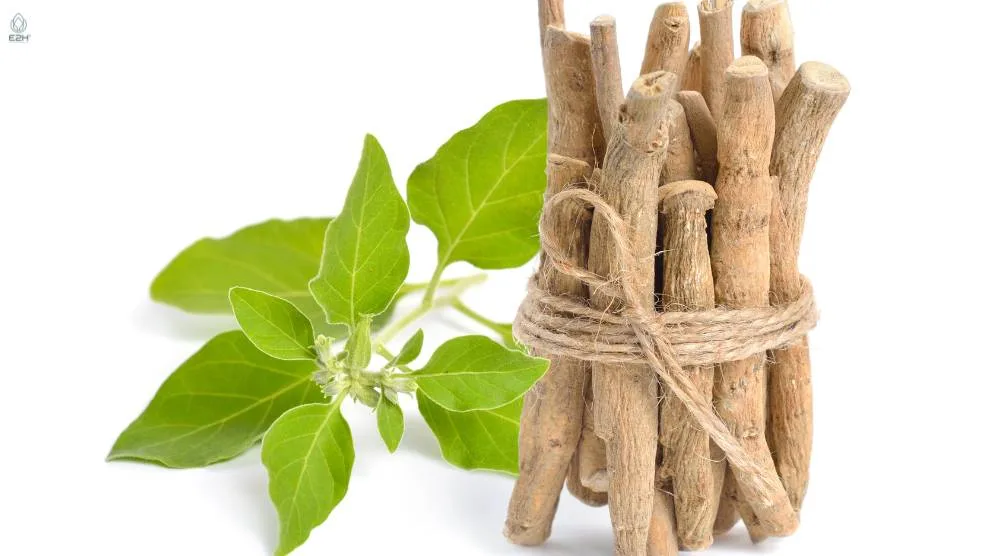
What conditions favor Ashwagandha cultivation?
Ashwagandha prefers a warm and dry climate, thriving in temperatures between 68°F and 95°F. It requires a sunny location with at least six hours of direct sunlight each day. The soil should be sandy, well-draining, and slightly alkaline (pH 7.5 to 8). Ashwagandha is drought-tolerant and does not need frequent watering. Over-watering or waterlogged conditions should be avoided to prevent root rot. The plant is sensitive to frost, so in cooler climates, it’s best to start the seeds indoors and transplant them once the risk of frost has passed.
When does an Ashwagandha plant mature for use?
Ashwagandha typically takes about 6 months to mature for use. The right time to harvest is indicated by the drying up of the papery husk that encases the berries. The roots, which are the most commonly used part of the plant, should be harvested carefully. After uprooting the plant, the roots are washed, cut into smaller pieces, and then dried in a shaded, well-ventilated area. The leaves and berries can also be used but are less commonly harvested.
What are Ashwagandha’s origin and characteristics?
- Family: Belongs to the nightshade family (Solanaceae).
- Native Regions: Mediterranean, North Africa, South Asia, and the Canary Islands.
- Plant Type: Perennial shrub.
- Height: Grows from 50 to 150 cm tall.
- Roots: Light brown, lateral roots along the taproot.
- Leaves: Pubescent (hairy), grey-green, and ovoid, up to 10 cm long.
- Flowers: Green-yellow, typically grow in clusters.
- Fruit: Berry, enclosed in a paper lantern-like sheath post-pollination.
- Seeds: Light brown, flat, and kidney-shaped.
Can Ashwagandha be grown in pots?
Yes, Ashwagandha can be successfully grown in pots. When growing in containers, ensure they have adequate drainage holes and are deep enough (at least 15-20 cm) to accommodate the plant’s root growth. Use a well-draining sandy soil mix and place the pots in a location that receives ample sunlight. Regular watering is necessary, but allow the soil to dry out between waterings to prevent waterlogging. Potted Ashwagandha plants should be brought indoors or protected during winter, as they are not frost-tolerant.
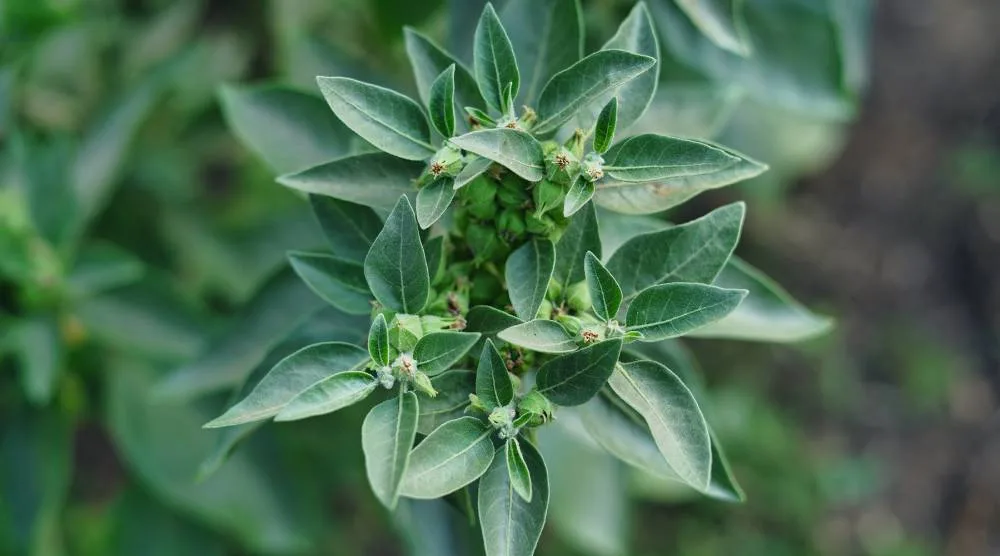
How to grow Ashwagandha from seeds?
To grow Ashwagandha from seeds, start by sowing them indoors early in the spring. Use organic, nutrient-rich soil in a container that allows for adequate drainage. Plant the seeds shallowly, covering them lightly with soil. The key is maintaining a consistent soil temperature, ideally around 70°F, which is crucial for germination. Ashwagandha seeds can take 10 to 14 days to sprout. Ensure the soil remains consistently moist but not waterlogged during this period. Once the seedlings reach about 4 inches in height and the risk of frost has passed, they can be transplanted outdoors to a sunny, well-drained location.
Any expert advice for growing Ashwagandha from cuttings?
Growing Ashwagandha from cuttings requires a mature plant. Select a healthy stem, about 4 inches long, and cut it just below a leaf node. Remove the lower leaves and place the cutting in a jar of water, ensuring that the leaf node is submerged. To encourage root growth, you can use a rooting hormone. Place the jar in a warm, sunny spot and change the water every 5 to 7 days. Patience is key, as it may take several weeks for roots to develop. Once the roots are about 2 inches long, the cutting can be planted in well-draining soil.
How to protect Ashwagandha from pests and diseases?
To protect Ashwagandha from pests and diseases, regular monitoring is essential. Common pests include aphids and spider mites. For aphids, an insecticidal soap solution can be effective, while a mixture of water and isopropyl alcohol can help control spider mites.
Ashwagandha is also susceptible to Alternaria leaf spot, characterized by yellowing leaves and brown patches. Using fungicides containing copper or sulfur can treat this. Organic options like the Bordeaux mixture can also be effective. Ensure good air circulation around plants and avoid overhead watering to reduce the risk of fungal diseases.
What care practices ensure year-round success, and what healing powers does Ashwagandha possess beyond the garden?
For year-round success, Ashwagandha requires minimal pruning and thinning. Water the plants occasionally, allowing the soil to dry out between waterings. Fertilize with organic matter if necessary, especially when nutrients in the soil are depleted. In colder regions, protect the plant from frost by moving it indoors or providing adequate cover.
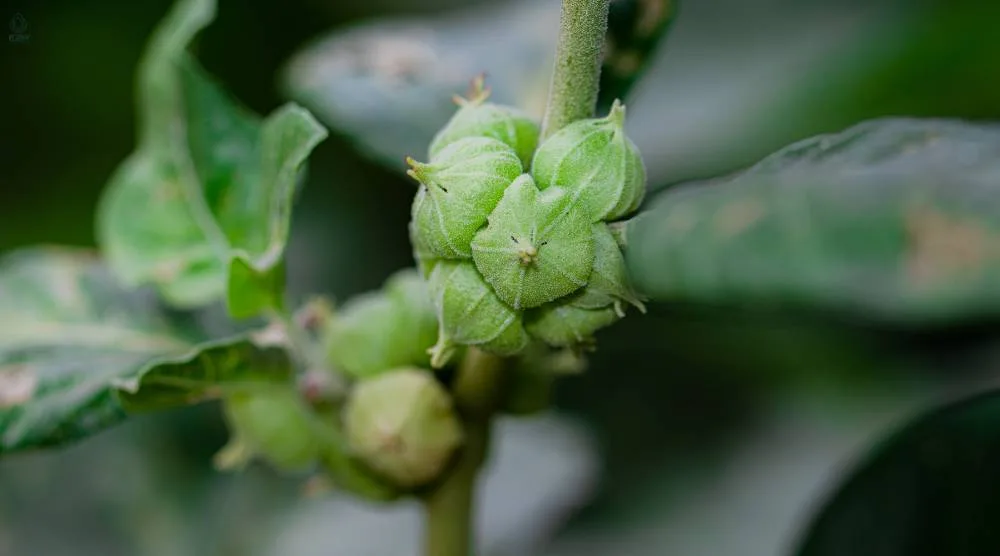
Beyond the garden, Ashwagandha is known for its medicinal properties. It’s used in herbal medicine primarily for its roots, which are believed to help in stress relief, promoting sleep, and enhancing overall well-being. The leaves and berries also have medicinal uses but are less commonly harvested.
FAQs For ‘How To Grow Ashwagandha Plant?’
Can Ashwagandha be grown in colder climates?
Yes, start seeds indoors and transplant outdoors after the last frost, ensuring a sunny location.
What type of soil is best for Ashwagandha?
Sandy, well-draining soil with a slightly alkaline pH is ideal for Ashwagandha.
How often should I water Ashwagandha plants?
Water sparingly, allowing the soil to dry out between waterings to avoid root rot.
Does Ashwagandha need a lot of sunlight?
Ashwagandha thrives in full sun, requiring at least six hours of direct sunlight daily.
When is the right time to harvest Ashwagandha?
Harvest the roots after 6 months, when the berries’ husks dry up.
Conclusion
Growing Ashwagandha plants can be a rewarding experience, offering both health benefits and gardening satisfaction. With patience and care, anyone can cultivate this ancient herb. Remember, it loves the sun, prefers dry feet, and with time, it will flourish in your garden. Happy gardening!








